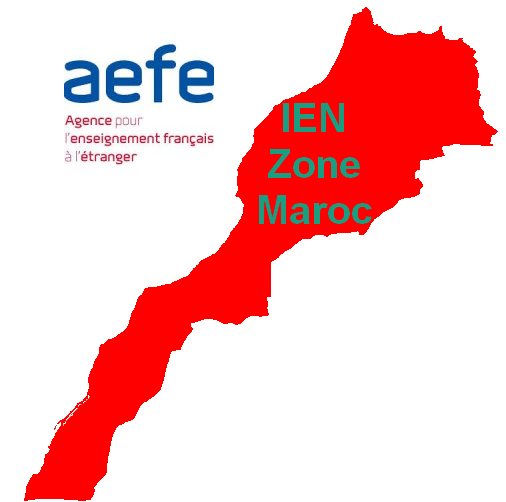Invested Capital Formula How to Calculate Invested Capital?
Content
Economic value added is a financial metric based on residual wealth, calculated by deducting a firm’s cost of capital from operating profit. One is to subtract cash and non-interest-bearing current liabilities —including tax liabilities and accounts payable, as long as these are not subject to interest or fees—from total assets. MOIC offers investors and industry professionals a metric that is simple to understand and easy to calculate from reported figures.
ROIC, Which Is Return On Invested CapitalReturn on Invested Capital is a profitability ratio that shows how a company uses its invested capital, such as equity and debt, to generate profit. The reason this ratio is so crucial for investors before making an investment is that it helps them decide which firm to invest in. Invested capital is the total amount of money raised by a company by issuing securities—which is the sum of the company’s equity, debt, and capital lease obligations. Invested capital is not a line https://online-accounting.net/ item in the company’s financial statement because debt, capital leases, and stockholder’s equity are each listed separately on the balance sheet. Invested capital is the total amount of investments made by both shareholders and bondholders in a company. Before it can start making a profit, a company needs to make more money than the total of its invested capital in addition to the money needed to service it. Analysts use the return on invested capital metric to evaluate a company’s capital allocation decisions.
Return on Invested Capital (ROIC): What It Is & How To Calculate
For the most accurate information, please ask your customer service representative. Clarify all fees and contract details before signing a contract or finalizing your purchase.
VF Corporation’s Cash Flow Increases The Safety Of Its Dividend Yield – Forbes
VF Corporation’s Cash Flow Increases The Safety Of Its Dividend Yield.
Posted: Thu, 01 Sep 2022 13:24:50 GMT [source]
Return on equity is a measure of financial performance calculated by dividing net income by shareholders’ equity. Return on gross invested capital is a measure of how much money a company earns based on its gross invested capital.
Business
In order to know if a company is indeed operating at a premium and value is created, the ROIC should be greater than the WACC. The value of the ROIC is stated in terms of percentages and is typically computed as an annualized value. How to Calculate NOPLAT for Operating ROIC Both NOPLAT and ROIC can be easily misinterpreted and misused in its applications to understanding a business.
Is invested capital the same as total assets?
The invested capital base is total assets minus noninterest-bearing current liabilities, and the return is after-tax operating earnings. This is the more hardball way of defining the capital base, though.
For additional information, including Moonfare’s affiliates, please see here. Back then, 3M had $5,956M in earnings before interest and taxes , $201M in interest expense, and a tax rate of 40%.
Calculating Invested Capital
Generally, the higher the return on invested capital , the more likely the company is to achieve sustainable long-term value creation. If a company generated $10 million in profits and invested an average of $100 million in each of the past two years, the ROIC is equal to 10%. Since the return metric is presented in the form of a percentage, the returns metric can be used to assess a company’s profitability as well as make comparisons to peer companies.
Using Return on Invested Capital to Evaluate Stocks One of the most core elements of great investing is understanding what Return on Invested Capital means, and how it can be used to… Depending on which ROIC measurement you use for this company, you can make their business look really attractive, or really not. Interestingly, they’re buying back a massive amount of shares, and still buying a significant amount of marketable securities, but aren’t paying a dividend. I like the examples I made above, because we can simply apply them again to make this point. Understand that the CFO can make a similar capital allocation as the CEO, but only in his own financial realm, in general. This works really well for evaluating businesses as stock picks, by the way.
What is Return on Invested Capital?
If you use earnings before interest and taxes instead, you get a skewed number for operating cash generated since EBIT is calculated on an accrual basis. The company’s net working capital can be calculated by subtracting the current liabilities (excluding debt and interest-bearing securities) from the current assets (excluding cash & cash equivalents). Because ROIC measures a company’s returns as a percentage of the invested capital, a bigger return is naturally more favorable than a lower return. A higher ratio means that management is performing better and using shareholders’ and bondholders’ money more efficiently. Thus, at the same risk under the normal circumstance, the investor should invest in a company with a high ROIC. The return on invested capital is a comparison between the net profit after tax and the invested capital. Thus, a higher ROIC ratio means the more profit that the company can be generated for each dollar of the invested capital.
- This adjustment makes sense because ROIC is focused on the return a company earns on its active investments.
- Finally, non-operating assets are removed from the invested capital figure.
- She has consulted with many small businesses in all areas of finance.
- The lesser agrees to transfer the ownership rights to the lessee once the lease period is completed, and it is generally non-cancellable and long-term in nature.
Here’s an example of how to visualize your current Return on Invested Capital data in comparison to a previous time period or date range. When tracking your ROIC data on a how to calculate invested capital dashboard, it’s optimal to visualize your data in a summary chart. This chart displays your ROIC as a current value which you can then compare to a previous time period.
Divestopedia Explains Invested Capital
Capital LeaseA capital lease is a legal agreement of any business equipment or property equivalent or sale of an asset by one party to another . The lesser agrees to transfer the ownership rights to the lessee once the lease period is completed, and it is generally non-cancellable and long-term in nature. By dividing revenue by capital invested, the ratio shows the ability of a company to drive sales through its capital.


